Narrowing regional disparities
At the discussion session on November 25, many opinions emphasized the urgency of investing in infrastructure, especially in difficult areas. National Assembly member Hoang Van Cuong (Hanoi delegation) affirmed that the program is necessary, because to build a modern and internationally standard education system, the first condition must be adequate and standard schools and teaching equipment.
According to him, despite the goal of universalizing preschool education, many localities still lack schools and classrooms to meet the needs of children going to school. “The program requires ensuring enough schools from preschool to high school. These are essential conditions to achieve the goal of educational innovation,” he emphasized.
In the field of vocational education, delegates said that the goal of meeting regional and international standards is only feasible when the system of practice equipment is invested synchronously and modernly. If learners only have access to outdated equipment, they will have difficulty meeting the requirements of businesses. Therefore, investment in equipment must aim at the latest standards.
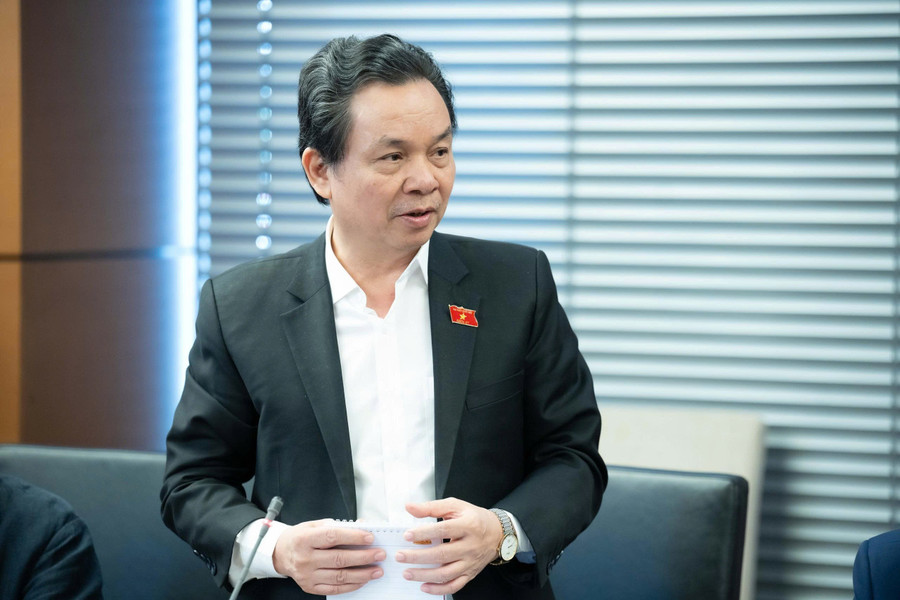
This national target program consists of 5 components, of which 3 major components focus on investing in facilities at all levels: preschool, general education, vocational education and university. The goal is to create a system of spacious, safe and modern schools, thereby improving the quality of teaching and learning.
Delegate Hoang Van Cuong hopes that when the program is implemented, schools will become the most beautiful buildings in each locality. He cited the reality in some provinces in the Mekong Delta and mountainous areas where students have to roll up their pants and wade through water to get to class; many schools are moldy and run-down, not creating excitement for students.
“Schools must be spaces that attract students. Students must feel excited and want to study in the best environment,” he said, adding that, in addition to infrastructure, funding should be prioritized to improve the capacity of the teaching staff, because “no matter how modern the machinery is, it is meaningless if the operators are not competent enough.”
According to the Hanoi delegation, when facilities are improved and staff are well-trained, the quality of education will be improved, while reducing the gap between regions, towards the goal of sustainable education development in the period 2026 - 2035.
Putting education at the heart of innovation

National Assembly Deputy Bui Hoai Son (Hanoi delegation) affirmed that with the National Target Program on modernization and improvement of education and training quality for the 2026-2035 period, we are creating a new development architecture for the country - where education, healthcare, science - technology, culture, institutions, integration, and the private economy are no longer "separate pillars", but become a unified ecosystem, working together to ensure the aspiration for rapid, sustainable development and maintaining Vietnamese identity.
In that ecosystem, education is the center of the center, the field that determines the quality of the race, human resources, competitiveness and cultural and spiritual strength of the nation in the coming decades.
The delegates also agreed with the Government's Submission 1061/TTr-CP and the National Assembly's draft Resolution on the above-mentioned National Target Program. The goals, targets, and scope are all designed not only to solve the remaining problems of education, but more importantly, to bring education into a new stage of development: modern, open, interconnected, digital, and integrated.
What is most noteworthy is that the program is set in the spirit of Resolution 71, and is compatible with and complements all six remaining strategic resolutions. “Thus, this program is not a “single-sector” program, but rather the axis connecting the entire national development strategy,” said delegate Bui Hoai Son.
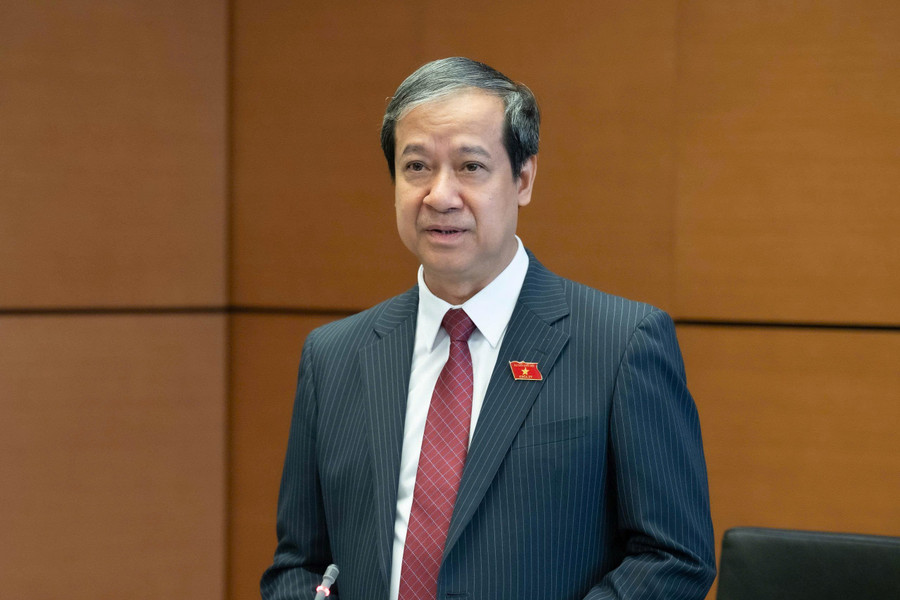
At the end of the group discussion session, Minister of Education and Training Nguyen Kim Son affirmed that the National Target Program on modernization and improvement of education quality was built closely following the spirit of Resolution No. 71-NQ/TW of the Politburo on breakthroughs in education and training development (Resolution 71).
According to the Minister, to successfully implement Resolution 71, it is necessary to synchronously deploy many tasks, in which the national target program is a leading important measure and tool, which has been specifically planned for implementation by the Ministry.
The Minister emphasized that the three groups of tasks of the program all aim at the goal of developing and modernizing infrastructure; however, the key factor determining the quality of education is still people, the teaching staff. Core contents related to teaching and learning, professional expertise are also thoroughly understood, ensuring compliance with the innovation goals.
Due to the nature of a large-scale public investment program, the infrastructure component accounts for the highest proportion. In particular, the goal of solidifying all schools by 2030 is identified as a key task.
Currently, there are about 13% of temporary schools in the country, mainly in disadvantaged areas. Some provinces have a rate of non-permanent classrooms of up to 40%, concentrated in preschool and primary schools.
"Having basically eliminated temporary houses for people, we must definitely eliminate temporary schools for students" - the Minister emphasized and said that the program aims to synchronously mobilize resources: central budget capital, local budget, along with socialized resources and other flexible solutions to prioritize thoroughly handling the situation of temporary schools.
Besides the request to remove temporary schools, the Minister said that the infrastructure system must meet the requirements of implementing the general education program towards comprehensive development of students.
New content such as STEM education, foreign languages, information technology, etc. all require equipment, specialized classrooms and technological infrastructure. “Just teaching without knowledge makes it difficult to pursue the set goals,” he said.
In the component projects, the program also mentions the treatment and investment regime for the teaching staff. Minister Nguyen Kim Son assessed this as a very important content, but in reality, "spending on people is very important, but spending money is not easy." Therefore, the program must calculate according to appropriate standards, allocating a portion of the budget for the team but at a more modest level than other items.
Minister Nguyen Kim Son affirmed that the Ministry of Education and Training will continue to perfect detailed projects, ensuring that the National Target Program is put into practice with the highest efficiency, contributing to the successful implementation of the breakthrough requirements set forth in Resolution 71.
Source: https://giaoducthoidai.vn/yeu-cau-cap-bach-dau-tu-manh-cho-giao-duc-hien-dai-giai-doan-20262035-post758164.html





![[Photo] President Luong Cuong attends the 50th Anniversary of Laos National Day](/_next/image?url=https%3A%2F%2Fvphoto.vietnam.vn%2Fthumb%2F1200x675%2Fvietnam%2Fresource%2FIMAGE%2F2025%2F11%2F27%2F1764225638930_ndo_br_1-jpg.webp&w=3840&q=75)
![[Photo] Prime Minister Pham Minh Chinh chairs the 15th meeting of the Central Emulation and Reward Council](/_next/image?url=https%3A%2F%2Fvphoto.vietnam.vn%2Fthumb%2F1200x675%2Fvietnam%2Fresource%2FIMAGE%2F2025%2F11%2F27%2F1764245150205_dsc-1922-jpg.webp&w=3840&q=75)

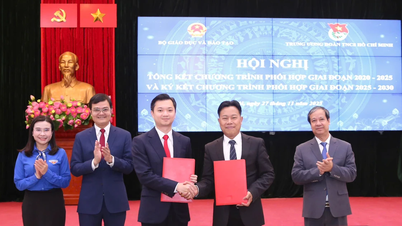
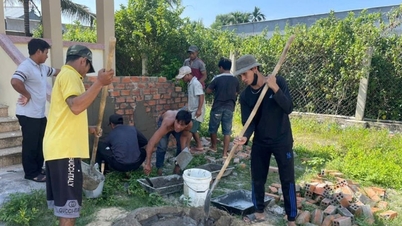



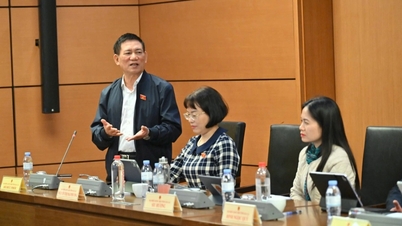

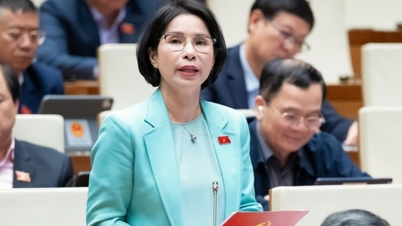

















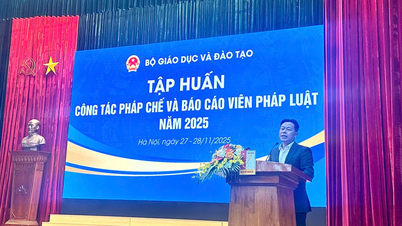

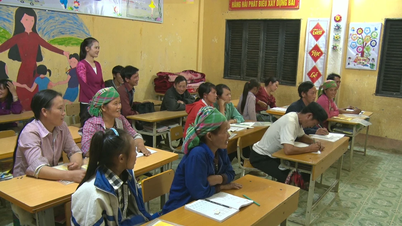


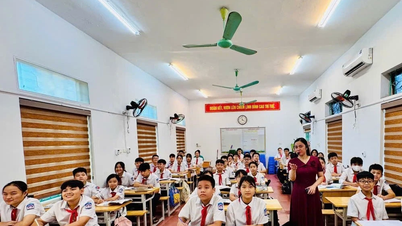














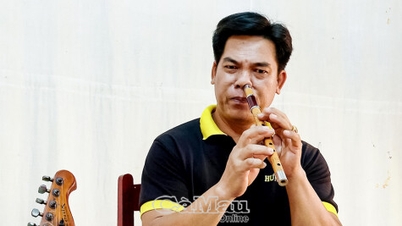



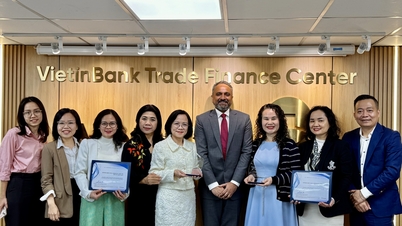


















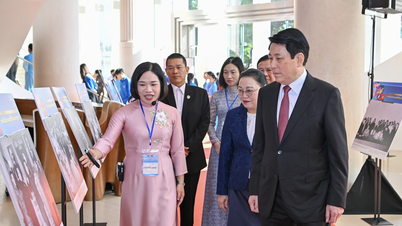




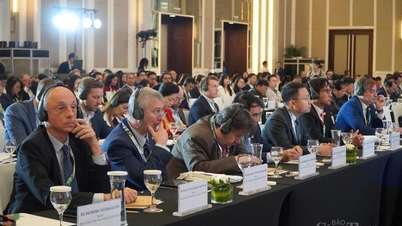
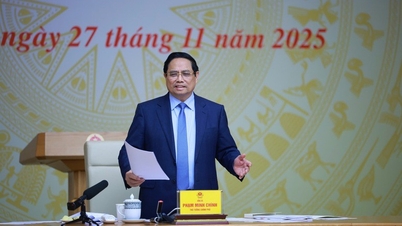




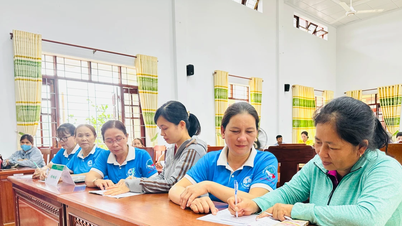


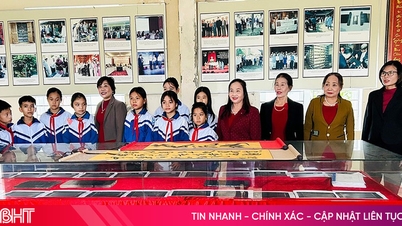

















Comment (0)